Emergent Save
Menstrual and menopause conditions (Cramps, bloating, endometriosis, ovarian cysts)
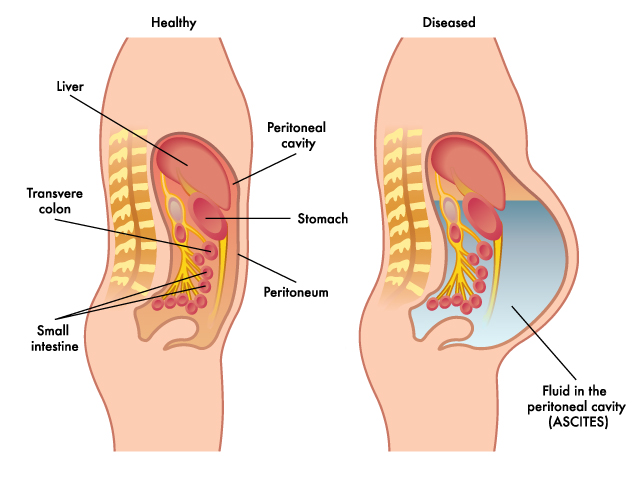
This image above does not imply that some of the conditions in this section are “diseases”. The purpose of the image is to show that our peritoneum is a cavity in the belly surrounding our abdominal organs. Just like with other parts of the body, fluid pressure can press against the tissue and organs to create problems with circulation and compression of the nerves running through the area. More fluid tends to fill up the abdomen during menstrual cycles and menopause, but we call it “bloating.” There is no additional fluid specific to bloating or water retention. It’s the same interstitial fluid (plasma) we see in the superficial layers, only there is no gel to buffer the tissue from the affects of fluid pressure.
Your starting protocol can resolve most of these condition, and a spot palpation can find the smaller areas requiring additional focus. Ovarian cysts can be found through palpation, and they can be reduced or resolved with the tuning fork. The client should not be in pain after a session. If two or three placements cannot eliminate pain, then the client should see a doctor. Remember that heavy pressure on the abdomen (medicine belly) can cause more pain than normal, and too much fluid in the belly might take an entire session to reduce.
Bladder conditions (UTI, infection, incontinence)
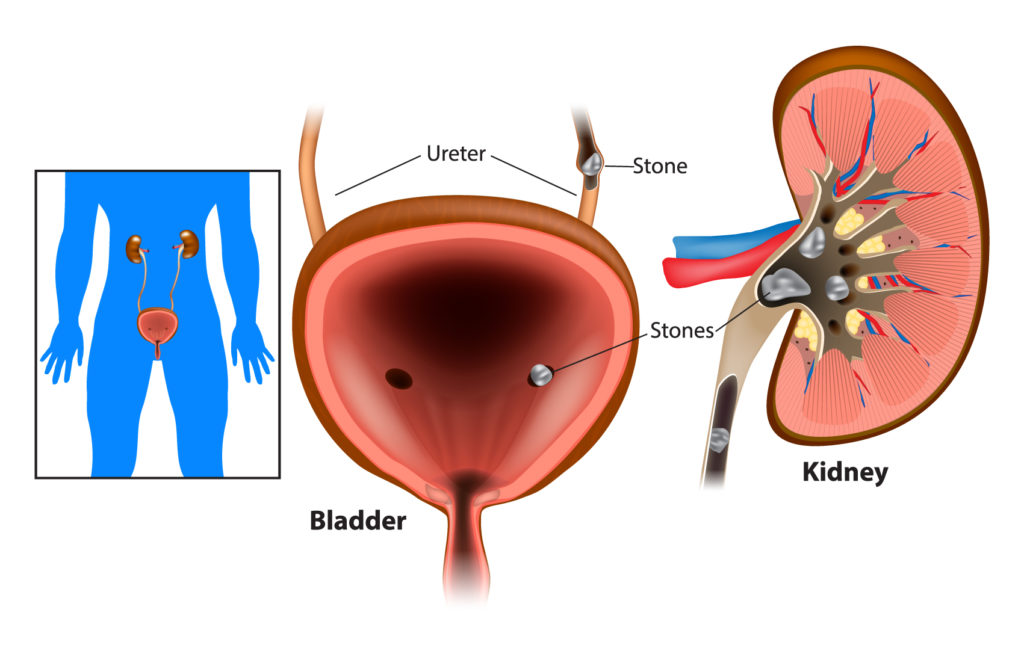
Stomach conditions (Acid reflux, indigestion, hiatal hernia, ulcers, gall bladder)
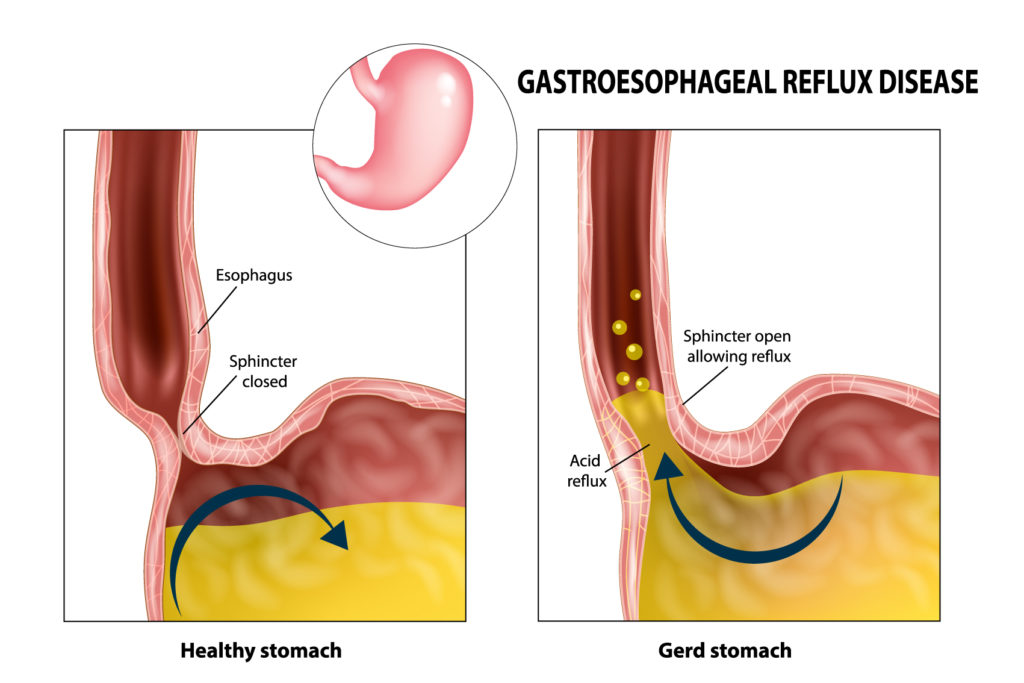
Acid reflux, indigestion, and ulcers can be resolved by several placements area the stomach area. For acid reflux (gerd) and hiatal hernias, work closer to the sternum where the stomach sphincter is located. Vibration from the tuning fork is not only working on the inside of the stomach and esophagus, you are also removing fluid pressure around the outside of the organ.
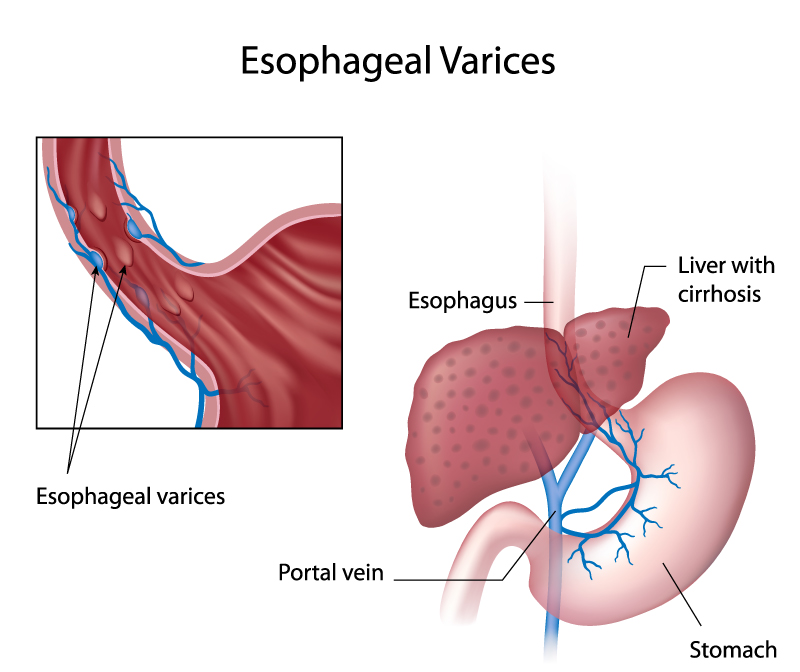
As you can see in the image above, liver cirrhosis can sometimes create a secondary symptom where esophageal varices or bumps can form on the esophagus. Palpate for pain and inflammation (fluid pressure), and work on those areas until the pain is gone. Part of the esophagus is inside the rib cage, so work below the sternum as much as possible. Do not place the tuning fork directly on the sternum or ribs. The vibrations will not reach the underside of a bone, and pressure from the tuning fork can create more bruising and pain.
Intestinal conditions (Constipation, diarrhea, IBS, Crohn’s, Colitis)
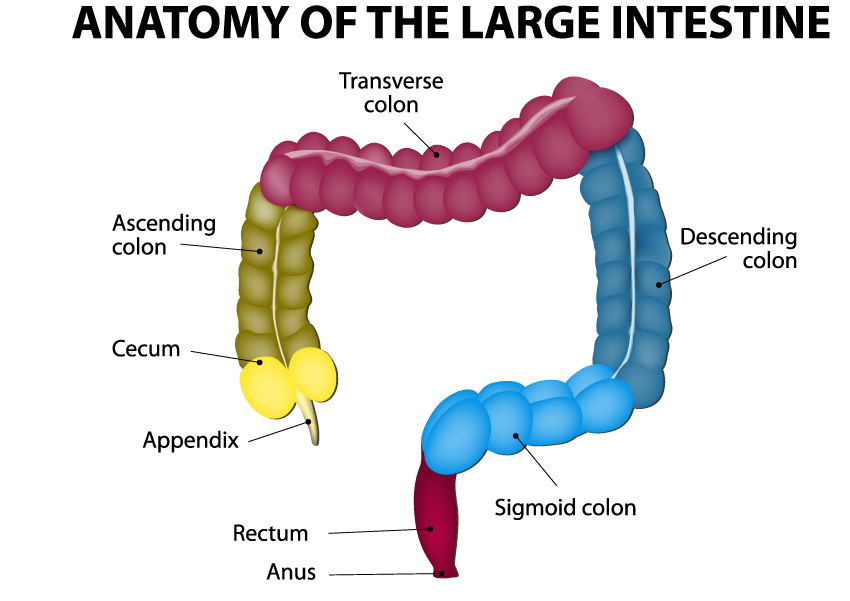
With most digestive conditions, putting the tuning fork directly on the large intestine will resolve most issues including constipation and diarrhea. They might seem like opposite ends of the digestion spectrum, but constipation in the colon will also cause diarrhea as compacted stool will only allow fluid and gas to move around the compacted areas.
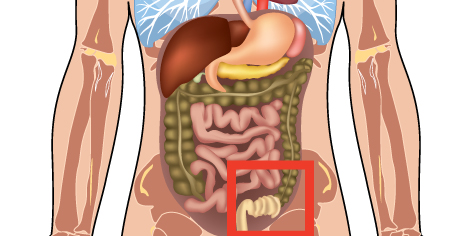
When you palpate the lower abdomen, the descending and Sigmoid colon can feel different from the rest of the abdomen. You should be able to find the compacted area during the starting protocol, but fluid build up in the abdomen can mask the feeling of compacted stool in the colon. Feel just above the pubic bone on the client’s right side and work your way to the right. Your client might experience pain and discomfort when you press on the right area. One or two placements in the same spot should loosen the stool immediately. If there is a great amount of pain in the area even after two or three placements, there might be the possibility of an inguinal hernia in the same area. Stop the session and inform the client of your finding.
For IBS, Crohn’s, and Colitis, work on any area in the lower abdomen that is painful. These diseases will create a lot of fluid pressure around the intestines, so take your time on the starting protocol to find the right areas of focus.
